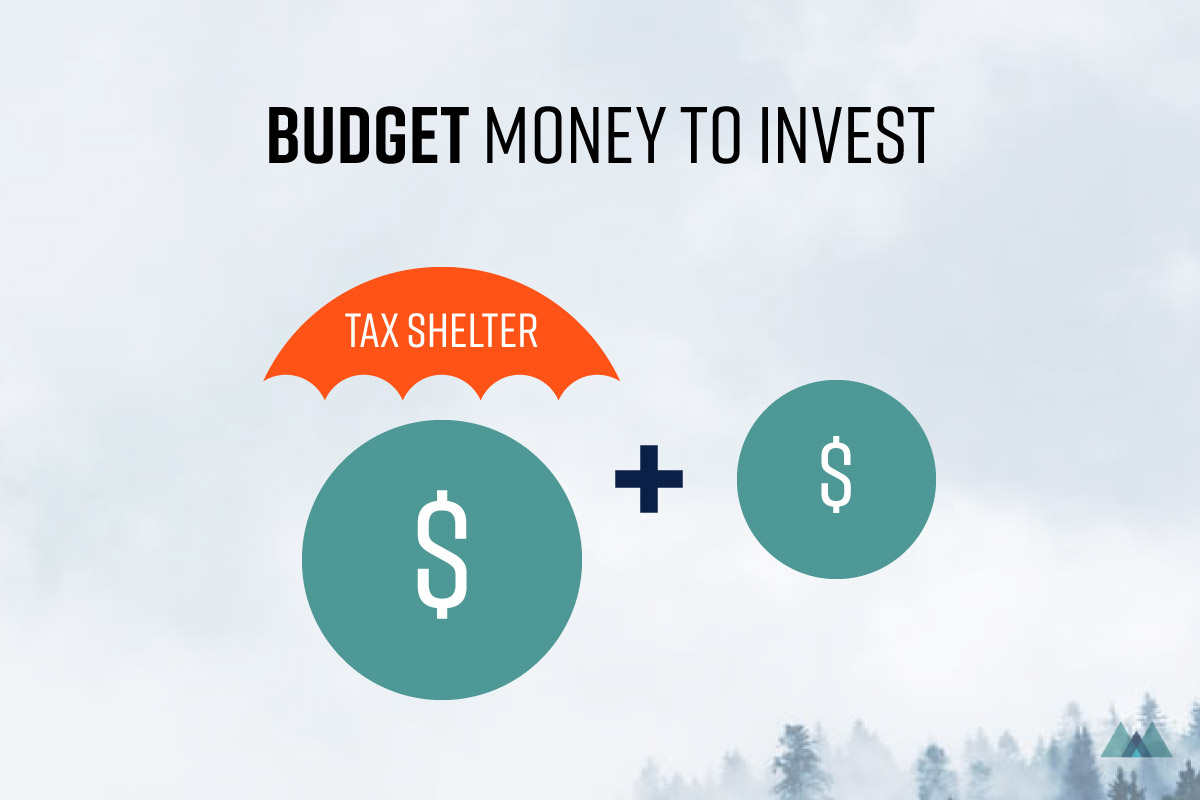Budget How Much to Invest
Before you take steps to design a portfolio, calculate how much spare money is sitting in your bank accounts. After excluding a portion of the money for emergencies or major purchases, designate the rest for investment. If you let extra money just sit in a savings account, the money can depreciate over time. Most experts recommend investing after building up an emergency fund (3-6 months of living costs), and investing 10% of the net income long-term.
Budget Within the Tax Shelters
Look for tax-shelter accounts applicable to you, then divide your investing budget within these registered accounts first. Otherwise government will see a good reason to increase your tax payment. In Canada, the most common tax-shelter accounts are TFSAs and RRSPs, you can check how much you can invest through CRA.
Simple tip: For those who don’t earn a high income, maximize your TFSA first, then contribute the rest to your RRSP.
Dollar-Cost Averaging: Just Invest Every Month
Markets go up and down, and not many feel like having a chunk of money to invest. Then, follow Warren Buffett’s advice - investing small bits every month like paying electricity bills. This dollar-cost averaging strategy can reduce risk on market up and downs.
Laura has just started investing and is concerned since the market seems to be high right now. Laura decides to buy small portions of an investment every month. She sets up her investment account to buy $120 worth of ETF XXX every month instead of buying it at a lump sum.
- In January ETF XXX is worth $30 per share: Laura gets 4 units of shares.
- In February ETF XXX is worth $20: Laura gets another 6 shares.
- In March, ETF XXX is worth $40: Laura gets 3 shares.
For the 3 months, Laura invested $360 and owns 13 shares. Her asset value is $520 in March. If she invested all of her $360 in January, she would own only 12 shares ($360 ÷ $30), and her asset value would only be $480 ($40 x 12) in March.
The only thing you will want to make sure of is the cost per transaction. No-load mutual funds, or no trading fee ETFs can be better options if you plan to make regular contributions with small amounts. If you pay $10 as a trading fee on a $100 contribution, it’s already a losing game.

Time's up

